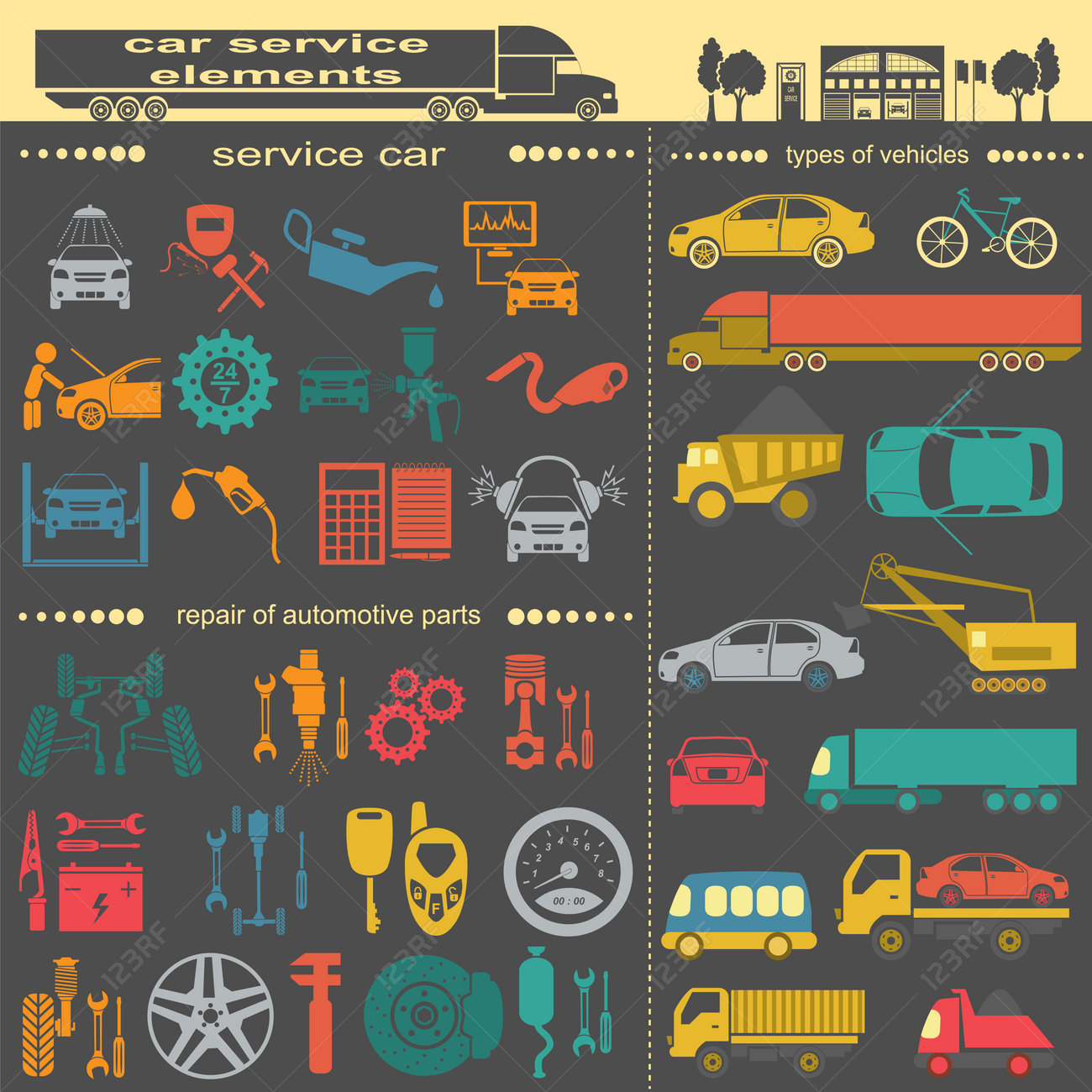Comprehending The Relevance Of Your Car'S Warning Signals: What They Actually Stand For
Comprehending The Relevance Of Your Car'S Warning Signals: What They Actually Stand For
Blog Article
Authored By-Termansen Winters
When you lag the wheel, those beautiful caution lights on your dashboard can be a bit complicated. Do you know what they're attempting to tell you regarding your auto's health and wellness? Recognizing the importance of these lights is essential for your security and the long life of your vehicle. So, the next time among those lights appears, would not you wish to understand its message precisely and take the necessary actions to resolve it?
Common Warning Lighting and Interpretations
Determine usual warning lights in your car and recognize their meanings to ensure secure driving.
The most normal caution lights include the check engine light, which signals concerns with the engine or discharges system. If this light begins, it's essential to have your automobile checked quickly.
The oil stress cautioning light shows reduced oil stress, requiring immediate attention to prevent engine damage.
A blinking battery light might recommend a faulty charging system, possibly leaving you stranded if not attended to.
The tire pressure monitoring system (TPMS) light notifies you to low tire pressure, influencing lorry security and gas effectiveness. Ignoring this can result in dangerous driving problems.
on site detailing shows a problem with the anti-lock stopping system, compromising your capability to quit rapidly in emergency situations.
Last but not least, the coolant temperature level alerting light warns of engine overheating, which can lead to severe damages otherwise resolved swiftly.
Comprehending these common warning lights will aid you address issues promptly and preserve secure driving conditions.
Relevance of Prompt Attention
Comprehending the common caution lights in your car is just the initial step; the importance of without delay dealing with these warnings can not be emphasized sufficient to ensure your security when traveling.
When a caution light brightens on your control panel, it's your vehicle's way of communicating a potential issue that needs attention. Ignoring these cautions can bring about much more extreme issues in the future, compromising your security and potentially costing you a lot more in repairs.
Prompt attention to cautioning lights can protect against malfunctions and accidents. For example, a flashing check engine light might suggest a misfire that, if left unattended, could create damages to the catalytic converter. Addressing this quickly can save you from a pricey repair service.
In a similar way, a brake system advising light might signal reduced brake fluid or used brake pads, essential parts for your security when driving.
Do It Yourself Troubleshooting Tips
If you observe a warning light on your control panel, there are a couple of do it yourself troubleshooting suggestions you can attempt prior to looking for professional assistance.
The initial step is to consult your automobile's manual to recognize what the certain warning light suggests. In some cases the problem can be as easy as a loosened gas cap setting off the check engine light. Tightening up the gas cap may settle the issue.
One more typical problem is a low battery, which can cause different warning lights. Inspecting the battery links for deterioration and guaranteeing they're protected may deal with the problem.
If a warning light continues, you can try resetting it by separating the vehicle's battery for a couple of minutes and then reconnecting it. In addition, inspecting your car's liquid degrees, such as oil, coolant, and brake liquid, can aid fix cautioning lights associated with these systems.
Final thought
In conclusion, recognizing your auto's warning lights is necessary for maintaining your automobile running efficiently and safely. By promptly dealing with these alerts and knowing what they indicate, you can prevent costly repair work and prospective break downs.
Remember to consult your automobile's handbook for specific information on each advising light and take action accordingly to make certain a trouble-free driving experience.
Stay notified, stay risk-free when traveling!
